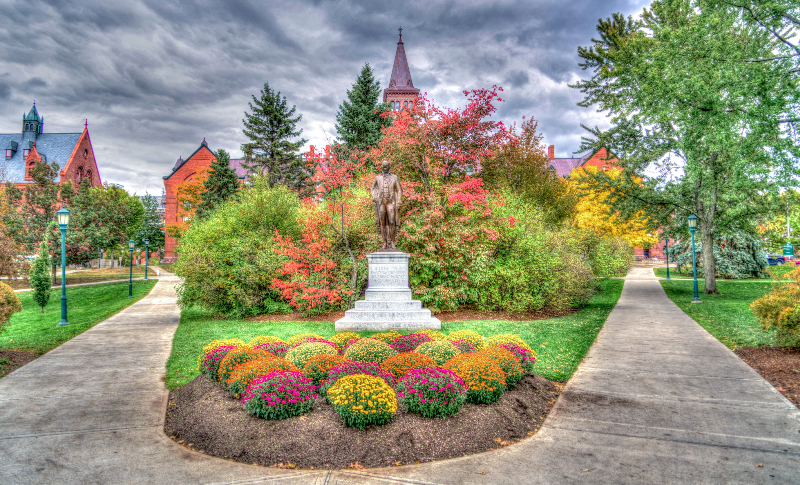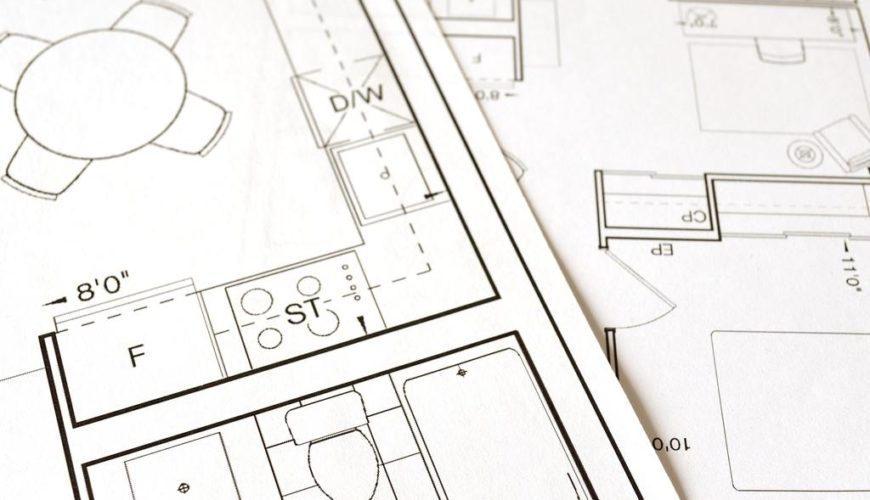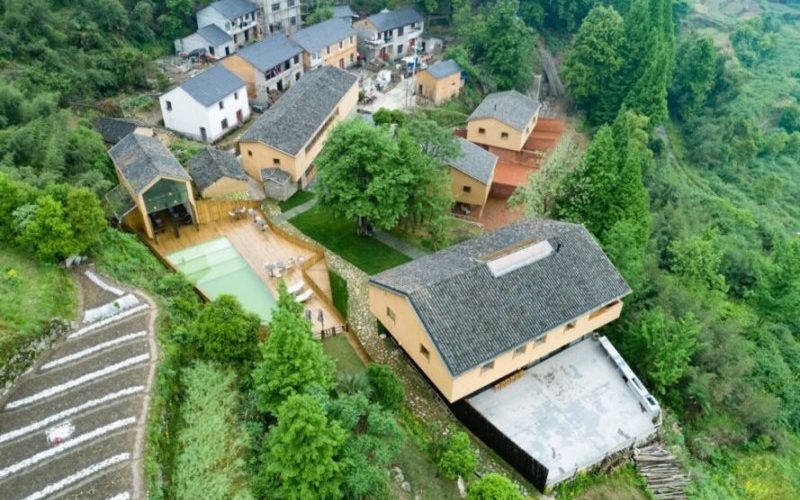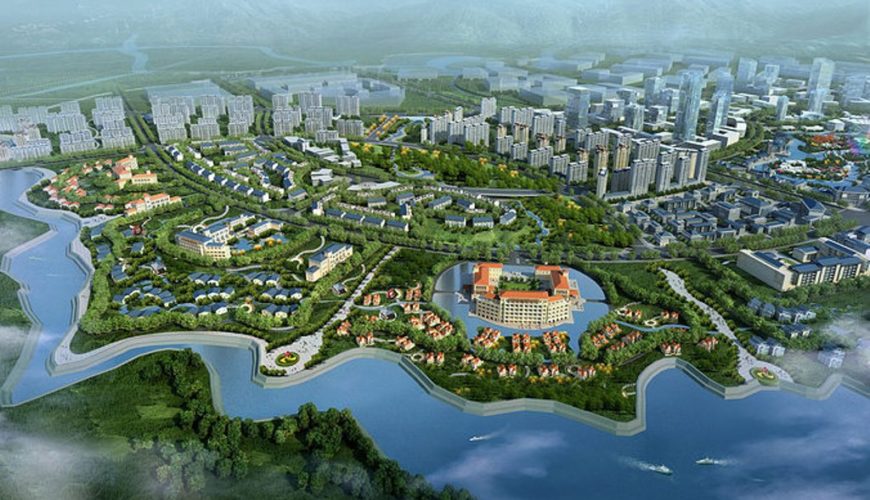In these years, we have all heard about green buildings and the LEED certification, and their great benefits to the environment and human health. LEED, which stands for Leadership in Energy and Environmental Design, is currently the most widely used green building rating system in the world that can also help you establish a better site design for your new home. A good site design can help you save money in the long run and it can also earn lots of points towards the LEED certification.
Before starting any project, we all set project goals and then work hard to turn those goals into reality. However, to avoid encountering unforeseen conditions, a strong evaluation of the project site is mandatory and this can be established by conducting a site assessment.
Site assessment is a part of the integrative process, which clearly shows the project teams the properties of the site, including its topography, hydrology, climate, soil types, water availability, and human health effects. By conducting a site assessment, the project team can orient the building to take advantage of the solar access, or can decide which types of plants would be well suited to the site conditions for landscaping. It is important to mention that the building orientation has the greatest effect on the building’s energy consumption.
With the completion of the site assessment, the project team will have the necessary information to proceed with the site design. When designing the site, all the development footprint of the project should be considered as a whole. A building footprint is the area that the building sits on, and the development footprint is the sum of all the areas that are affected by the project’s activity in the project site. Thus, the development footprint will cover the building footprint and the sidewalks, access roads, hardscapes, parking lots, etc.
Many people enjoy spending time with pristine views and natural surroundings. In light of this, when designing a development footprint, the project team should always think about preserving open spaces, which will allow the occupants to spend time in the outdoors in a picturesque landscape. In addition, if there are any damaged areas on the project site, including damaged existing vegetation, the project team can work on restoring them to support the environment. Employing these strategies will benefit the environment and society while increasing the project value.

Choosing the type of vegetation to be used in the project is an important decision that will greatly impact outdoor water use consumption. If the project chooses to use native or adapted plants, they will need less irrigation and maintenance, which will reduce the water use of the project since those plants are accustomed to naturally surviving in that climate.
Native plants are the type of plants that occur and develop naturally in a specific location. Adapted plants are the types of plants that do not occur naturally in a specific location; however, they can nonetheless adapt easily to the climate of the region. In summary, both native and adapted plants can thrive without extensive irrigation, pesticides, and fertilizers. Other types of plants will require more maintenance and consume more irrigation water, which will result in increased maintenance costs.
Plants can be selected to minimize evapotranspiration, which is the term used for the return of water to the atmosphere through evaporation from plants. In dry climates, projects can use plants with low evapotranspiration rates, which would require less irrigation water compared with plants with higher evapotranspiration rates.
Invasive plants that exist on-site should be cleared from the site, otherwise they will take over the adjacent existing native and adapted plants. Invasive plants are the types of plants that spread and damage the environment.
Lighting is another important factor that needs to be addressed during the site design. During the green building design, all types of light pollution should be avoided. There are two types of lighting pollution. The first type is the annoying light that intrudes on an otherwise natural or low-light setting, and the second type is the excessive light that leads to discomfort and adverse health effects.
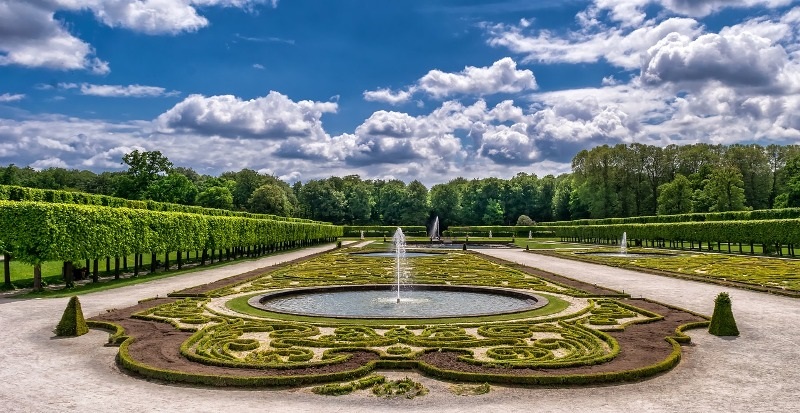
During the lighting design, the project team should eliminate uplighting, glare, overlighting and light trespass (light spilling out of the project boundary) in order to conserve energy and to not create discomfort in the adjacent properties. Direct full cutoff fixtures should point downward to illuminate the project site. The use of shield fixtures will aid in avoiding light trespass and the spilling of light beyond the project boundary.
Innovative approaches can also be discovered for more efficient lighting. An example of this could be the use of reflective paving materials, which would help distribute the light across the site; as a result, the number of fixtures needed to illuminate the area would be reduced, as would the building operating costs. For areas that need more lighting, timers can shut off the lighting late at night.
LEED also requests the use of the backlight-uplight-glare (BUG) rating method to show compliance with sustainable lighting measures as well as the standards of the Illuminating Engineering Society of North America (IESNA), which sets lighting specifications for building design. And they can be great references to establish a good site lighting design.
There are lots of different ways to go green and establishing a good site design is surely one of them. In our century, there are various green building rating systems that can help project teams create green building projects. LEED, which is the most widely used green building rating system in the world, can be a great starting point for designing a green building and it can provide strong guidance to the project teams on designing the project site. As the LEED-certified buildings are proven to be environmentally friendly and to respect human health, it will be a big plus to take a look at their standards and strategies.
If you are in the design or construction industry, you can even think about earning a LEED credential to turn your projects green and enhance your career. All you need to do is study for your LEED exam and become a LEED Green Associate or a LEED Accredited Professional.
Author: A. Togay Koralturk
Author of LEED Complete Study Guides

